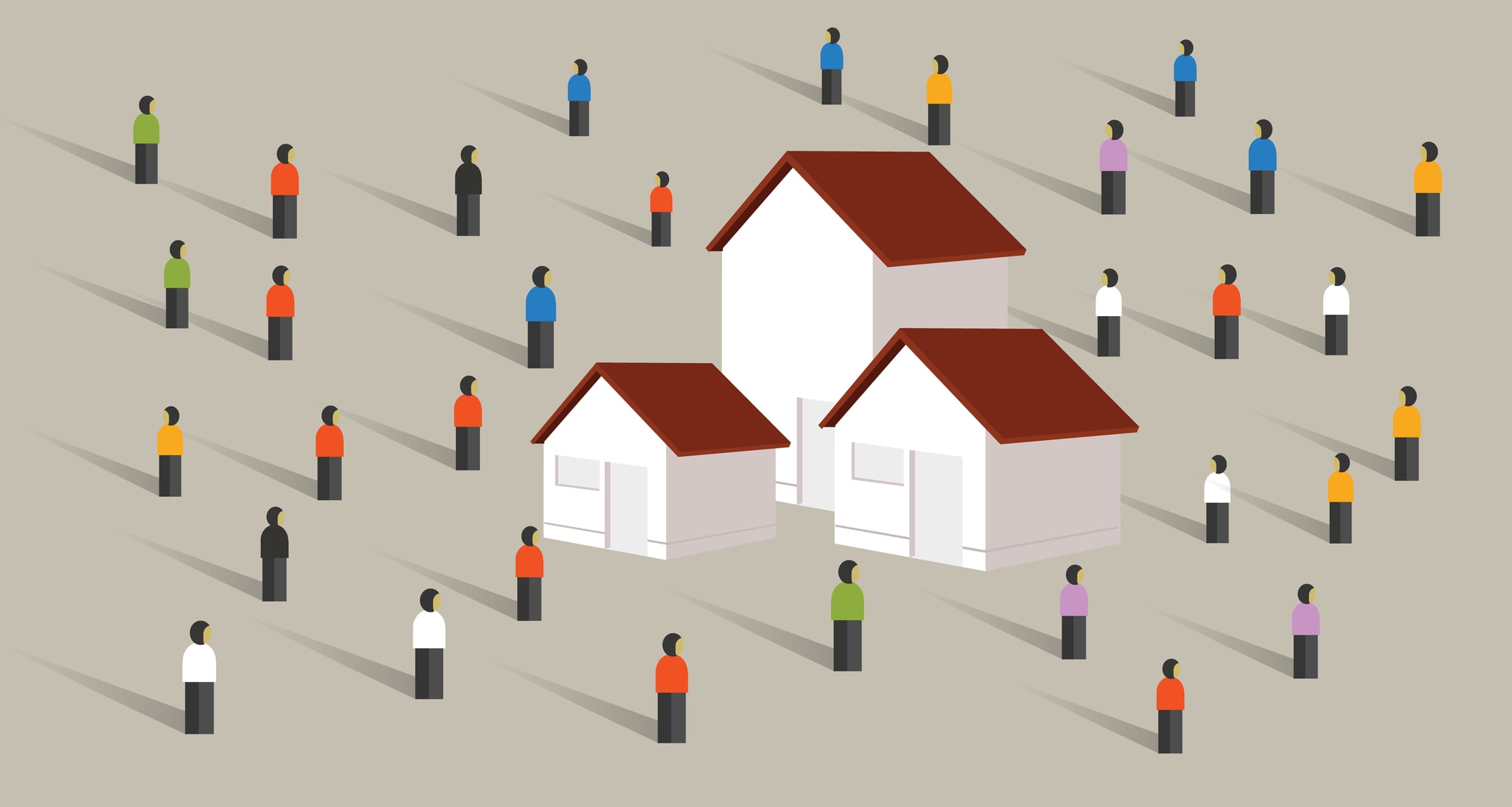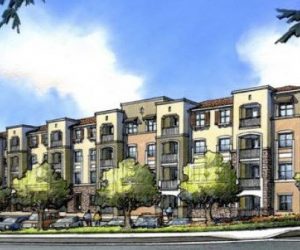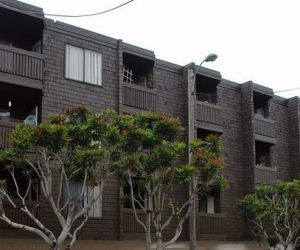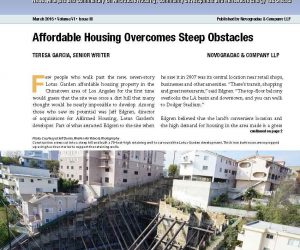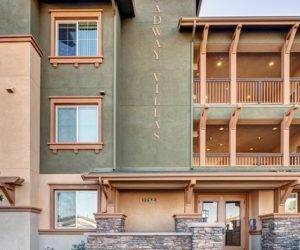The skyrocketing of rent and home prices in recent years has been catastrophic for working families. The only way out of the supply crisis is to create more housing and preserve the affordable housing we already have.
The U.S. needs more affordable housing, but finding a place to put it is a major barrier. Ending single-family zoning is a crucial step toward solving this problem.
Oregon, California and Maine, and many cities have already opened up their zoning to allow for multi-family units to be built where previously only single-family units were. Housing experts say this is key to ending the severe housing shortage that has been a main driver of sky-high prices. These new zoning laws legalize all kinds of housing that were banned for generations, including duplexes, townhomes and smaller apartment buildings. These homes are referred to as the “missing middle,” referring to the gap between single-family homes and high-rise apartments.
Supporters of these legislative changes are motivated by more than affordability. Racial equity is a goal, since many single-family zoning laws were used to segregate cities by race and class. And, denser housing can help limit the reliance on cars and long commutes that exacerbate climate change.
The zoning changes also address a serious demographic mismatch. Most residential land in many cities is devoted to stand-along homes that have grown ever bigger, even as the average size of households has shrunk: Today, nearly two-thirds are just 1 or 2 people.
Controversy and Slow Results
Despite a growing push for denser housing, these changes can be tough to pass. Many current homeowners fear added density will lead to parking nightmares, fewer trees, and overtaxed county services. They also worry it will change the character of their neighborhoods, and they prefer that apartment buildings stay in dense commercial corridors. In fact, after backlash in Gainesville, Fla., city commissioners recently moved to reverse last year’s decision to end single-family zoning.
A common complaint is that the “missing middle” housing will still be out of financial reach of most of those who need it. And the small amount of housing built so far in places where zoning laws have passed provides a reality check.
“It is not yet clear if this wave of state and local zoning changes will result in a significant number of new homes,” concludes a recent analysis by the Terner Center for Housing Innovation at the University of California, Berkeley.
The researchers held roundtable conversations with developers in seven states to understand what’s holding up construction.
A major barrier is the high cost of construction and land, a major challenge in places like California. This makes the economics of two- to four-unit buildings challenging; developers say they find six to eight units or higher more financially viable.
Every Community Has Unique Needs and Opportunities for Housing
Addressing housing supply shortages will require different, highly localized strategies. In many cities, more affordable multifamily rental housing will make a big difference in improving housing affordability. In other markets, solutions should be focused on the building of new single-family homes, while in other markets it may be preserving existing multifamily housing.
However, one conclusion is inescapable: The supply and affordability problems are getting worse. There needs to be action taken, like the ending of single-family zoning, in order to allow for more homes to be built.

